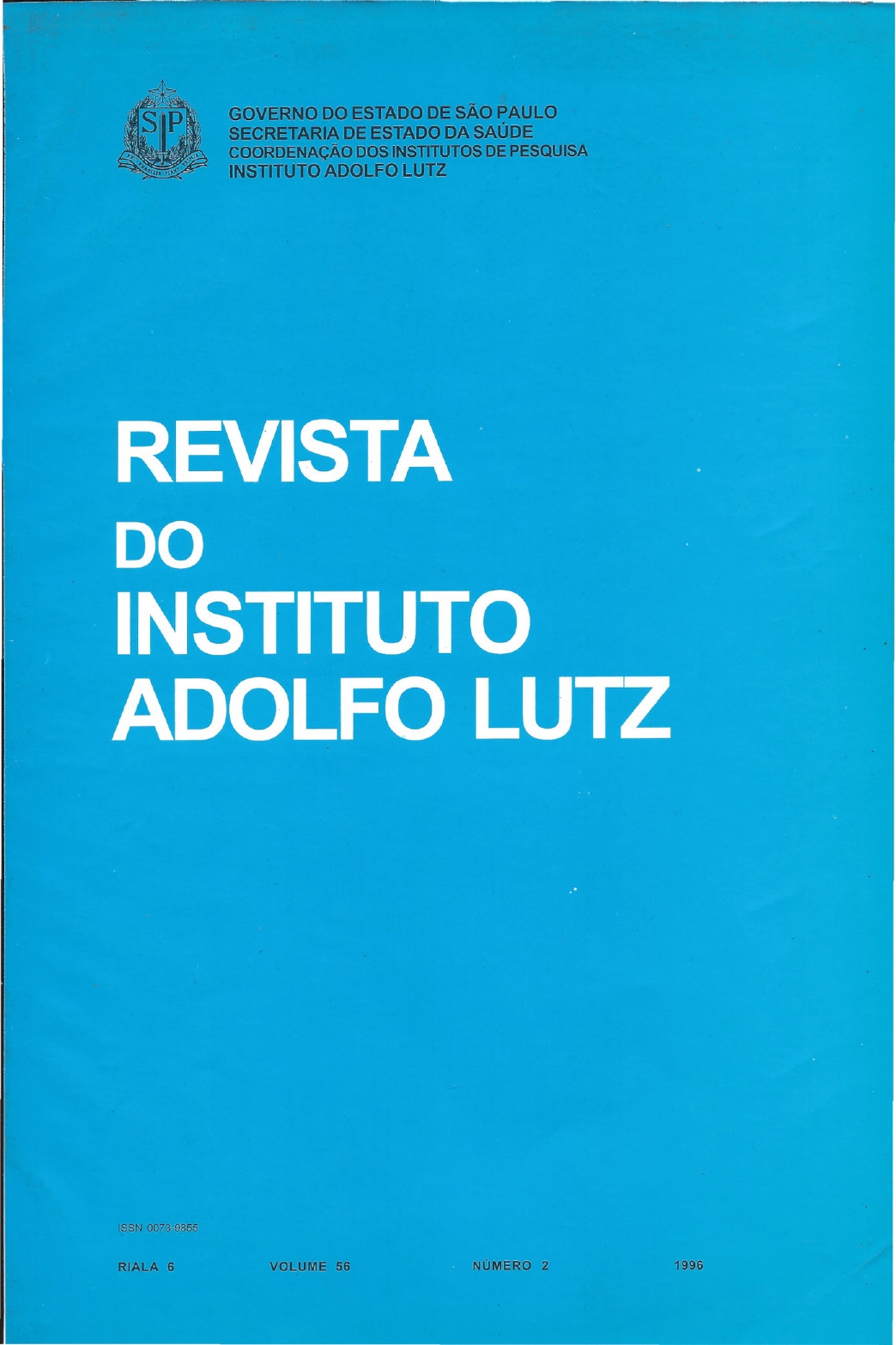Abstract
In order to evaluate the effects of processing and storage on the quality of srnoke product, rainbow trout were liquid smoked under experimental conditions using two procedures (with and without partial cooking ofthe fish). Both procedures were compared during a frozen storage period of 150 days. Natural liquid smoke was added directlyto the trout fillets while brining the fish.After this, one lot was imrnediatly frozen in a tunnel freezer at _30'C and the other lot subsequentlycooked, dried and frozen at _300C. Both Iots were
wrapped individually in plastic bags soon after frozen operation and were assessed by physical, chemical and sensorial analyses after zero, 60, 90 and 150 days of storage. The analysed parameters were: moisture, ash, chloride, total volatile basis (TVB), Kreis's reaction (rancidity), Eber's reaction for sulphidric gas, pH and 3,4 benzopyren. The moisture content was below 65% for all cooked samples, that is recommended for such type ofproduct. Withh respect to the pH values, no product was more acid than the other. Sodium chloride content in the waterphase ofthe uncooked samples, between 3,68% and 4,72%, was preferred by panelists besides its soft texture. Kreis's and Eber's reactions were negatives in all samples analysed. Thus, all procedures result in products having good stability during storage period. However, a considerable increase in the percenlage of TVB was observed in all samples analysed during frozen storage. On the other hand, it was shown that lhe search for 3,4 benzopyren has been negative. The results obtained suggest that the beneficial effect ofthe naturalliquid smoke aroma isn't only on toxicological aspect bnt in the sensorial quality ofthe product also.
References
2. CONNELL, I.I. Control of Fish Quality. Fishing News 800ks Ltd. 1975. p.127.
3. FAO. Smoke curing of fish. FAO Fisheries Reports (88). FAO, Rorne, 1970. p.43.
4. FOOD AND DRUG ADMINISTRATION. Food manufacturing practice, fish and seafood prcducts, smoke and smoke flavored fish. Fed. Register. 35:221, Part: 12A, 1970.
5. GILBERT, 1. & KNOWLES, M.E. The chemistry of smoke foods: a review. J. Food Technol, 10: 2456,1975.
6. HOLLEN8ECK, C.M. Liquid smoke: up-date. National Provisioner 1967 (13):60-3,69-70, 1972.
7. INSTITUTO ADOLFO LUTZ. Normas Analíticas do Instituto Adolfo Lutz, São Paulo, IMESP, v.l , 3" ed., 1985. 533p.
8. JOE, Jr., F.L.; SALEMME, 1. & FAZIOT, T. Liquid chromatographic determination of trace residues of polynuclear aromatic hydrocarbons in smoked foods. 1. of the Association of Official Analytical Chemists, 67: 1076-1082, 1984.
9. LENGES. I. Quelques considerations sur Ia fumaison des produits de viande. Rev. Fermentation lnd. Alim, 27(2): 53-60, 1972
10. MACKIE, M.; HARDY, R. & HOBBS, G. Fermented fish products. FAO Fish Report, (100): 54p., Rome, 1971.
11. MOINI, S. & STOREY., R.M. lnhibition of the trimetylamine oxide degrading enzyme in frozen smoked cod. 1n: Advances in Fish Science and Technology, ed. CONNELL, J.J .. Fishing News 800ks Ltd., England, 1980. p. 279-83.
12. MORAIS, C. de & ESPINDOLA FILHO, A. Principios de defumaçào de pescado. In: Seminário sobre Tecnologia de Salga e Defumação de Pescado, ITAL, Guarujá, 1995. p. 168-177.
13. OKONIKWO, T.M.; OBANU, Z.A. & DEDWARD, DA The stability of some intermediate moisture smoked meats during storage at 30°C
and 38°C. Meat Sci., 31:245-55,1992
14. SCHINDLER, J._Dejúmaçào - Nova Tecnologia. In: Seminário sobre Tecnologia de Salga e Defumação de Pescado, ITAL, Guarujá, 1995. p. 50-57.
15. WATANABE, K. Bactéria vermelha do peixe salgado. Brasil Salineiro, Rio de Janeiro, v.5, 1980. p. 12-3.
16. WATTS, B.M. & FAULKENER, M. Antioxidant effect ofliquid smokes. Food Technol, 11(3): 15861, 1954.

This work is licensed under a Creative Commons Attribution 4.0 International License.
Copyright (c) 1996 Instituto Adolfo Lutz Journal
